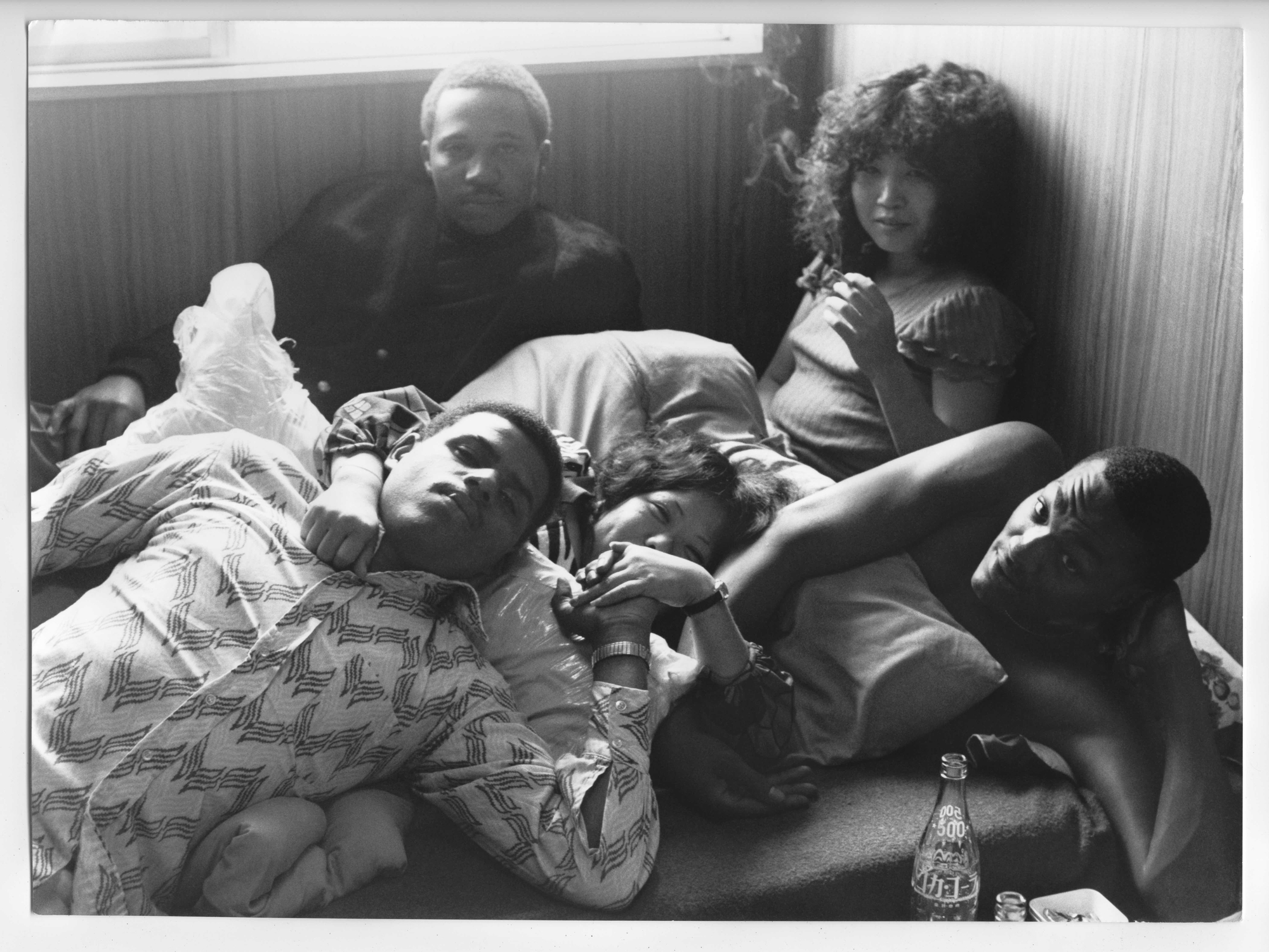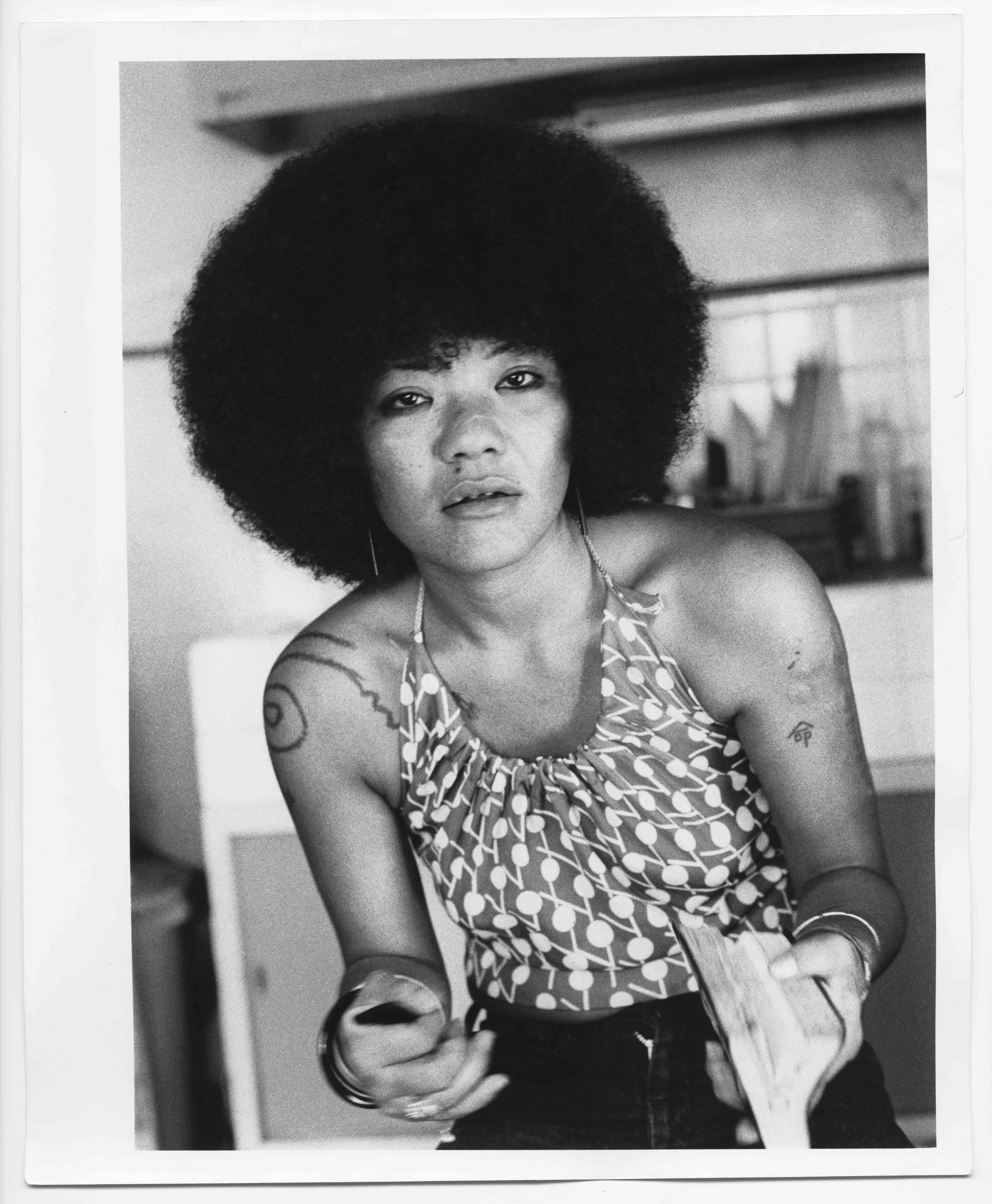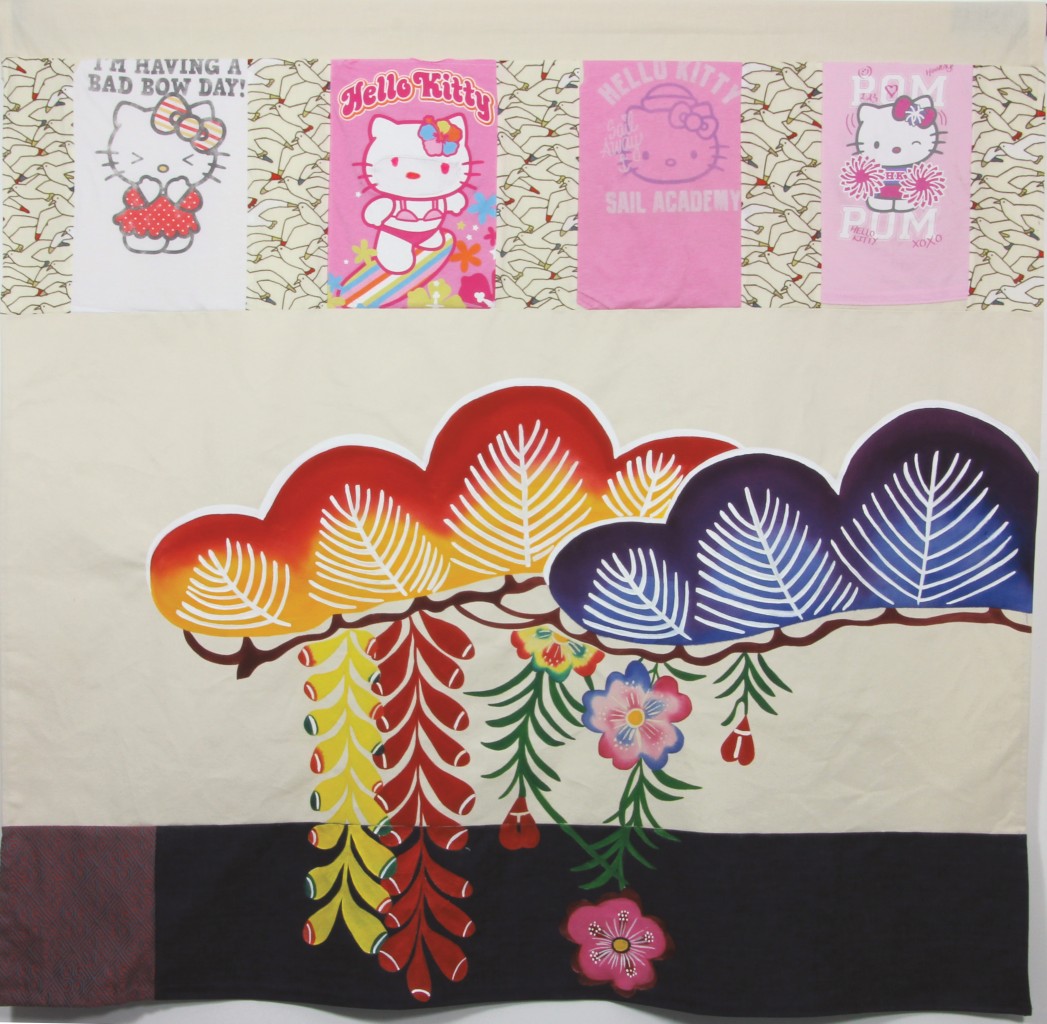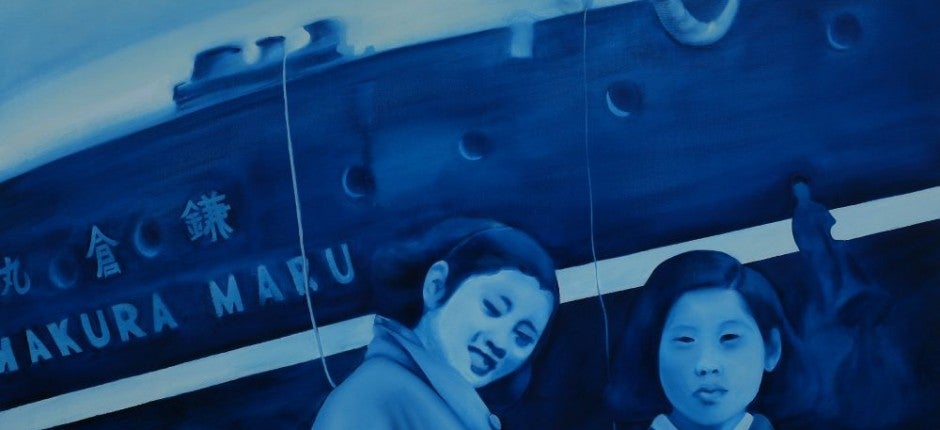Looking at Okinawa: Race, Gender, NationPosted in Arts, Asian Diaspora, History, Literary/Artistic Criticism, Live Events, United States on 2017-03-31 00:10Z by Steven |
Looking at Okinawa: Race, Gender, Nation
2017 UC Berkeley Graduate Student Conference: On Belonging: Gender, Sexuality and Identity in Japan
University of California, Berkeley
Moffitt Undergraduate Library
340 (BCMN Commons Seminar Room)
Berkeley, California
2017-04-09, 10:00-16:00 PDT (Local Time)
Ishikawa Mao, Photographer
Wendy Matsumura, Assistant Professor of Professor
University of California, San Diego
Annmaria Shimabuku, Assistant Professor of East Asian Studies
New York University
This is a one-day event being held in order to create a dialogue on issues of race and gender in the study of Okinawa, and to contemplate the relationship between the study of Japan and the study of Okinawa.
We will initiate this dialogue with a lecture by photographer Ishikawa Mao, whose work explores the complex relationships of gender, race, and national identity in Okinawa and Japan. Her works have included including candid photographs of African American servicemen and their Okinawan and Japanese wives and girlfriends in Okinawa in the 1970s; and portraits of Japanese and Okinawan people with the national flag of Japan, interacting with it in various ways to demonstrate their complicated and often troubled relationship with the nation of Japan. Ishikawa is to give a slide show and talk about her work, focussing on her photographs of African American servicemen.
In the afternoon, we will hold a discussion between scholars, students, and members of the public, to be led by Professor Wendy Matsumura (UCSD) and Professor Annmaria Shimabuku (NYU), who, from the fields of cultural studies, sociology, and history, have been engaged in thinking about the role of Okinawan studies and its place in Japanese studies more generally. We will discuss what it means to study Okinawa in the American academy, and, drawing on Ishikawa’s work, we will examine the complicated role of race and gender in Japanese studies and Okinawan studies.
Sponsored by: Center for Japanese Studies (CJS), Townsend Center for the Humanities, Department of African American Studies, Asian American Studies, Department of Ethnic Studies, Department of Gender and Women’s Studies, Center for Race and Gender, and Department of East Asian Languages & Cultures
For more information, click here.







